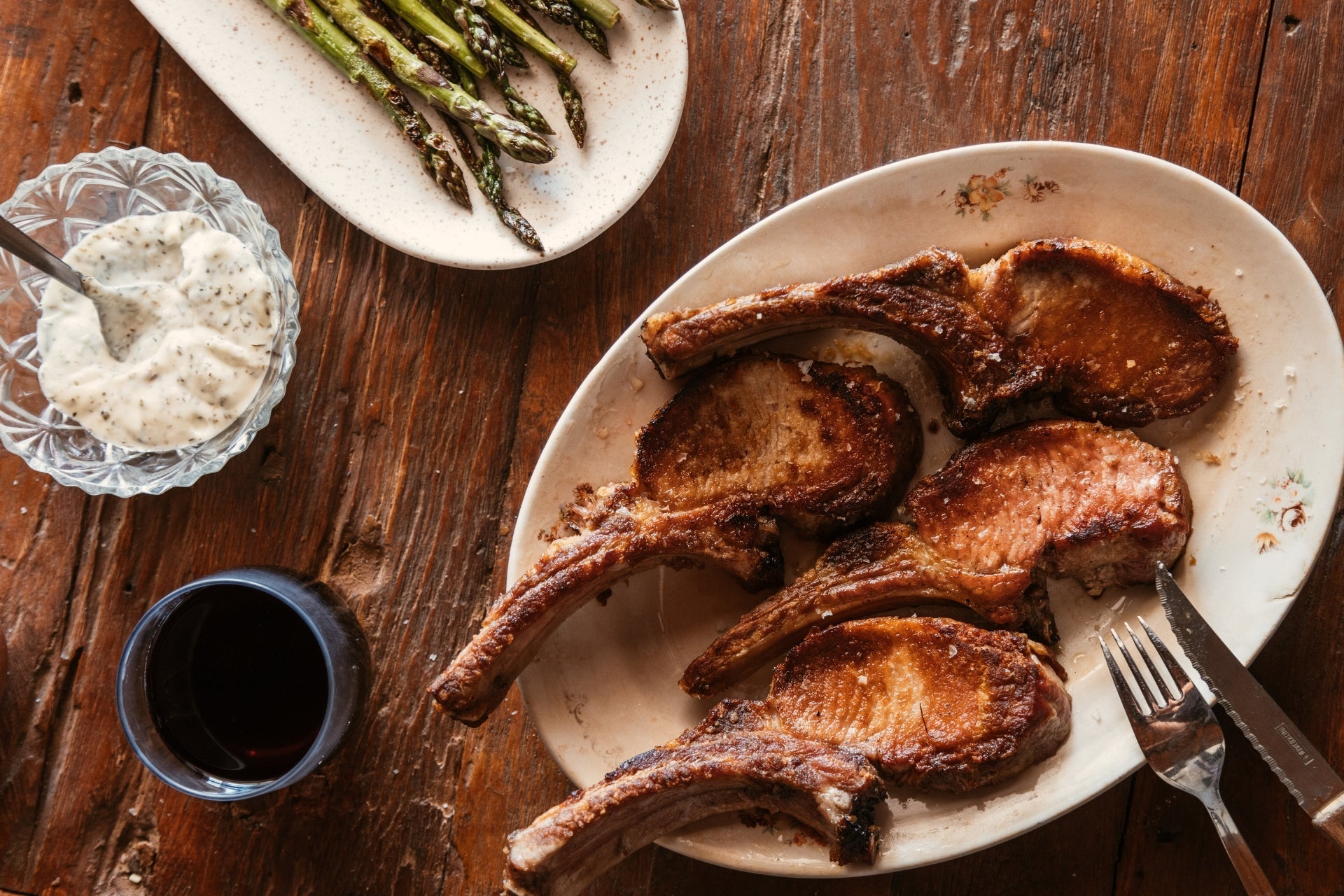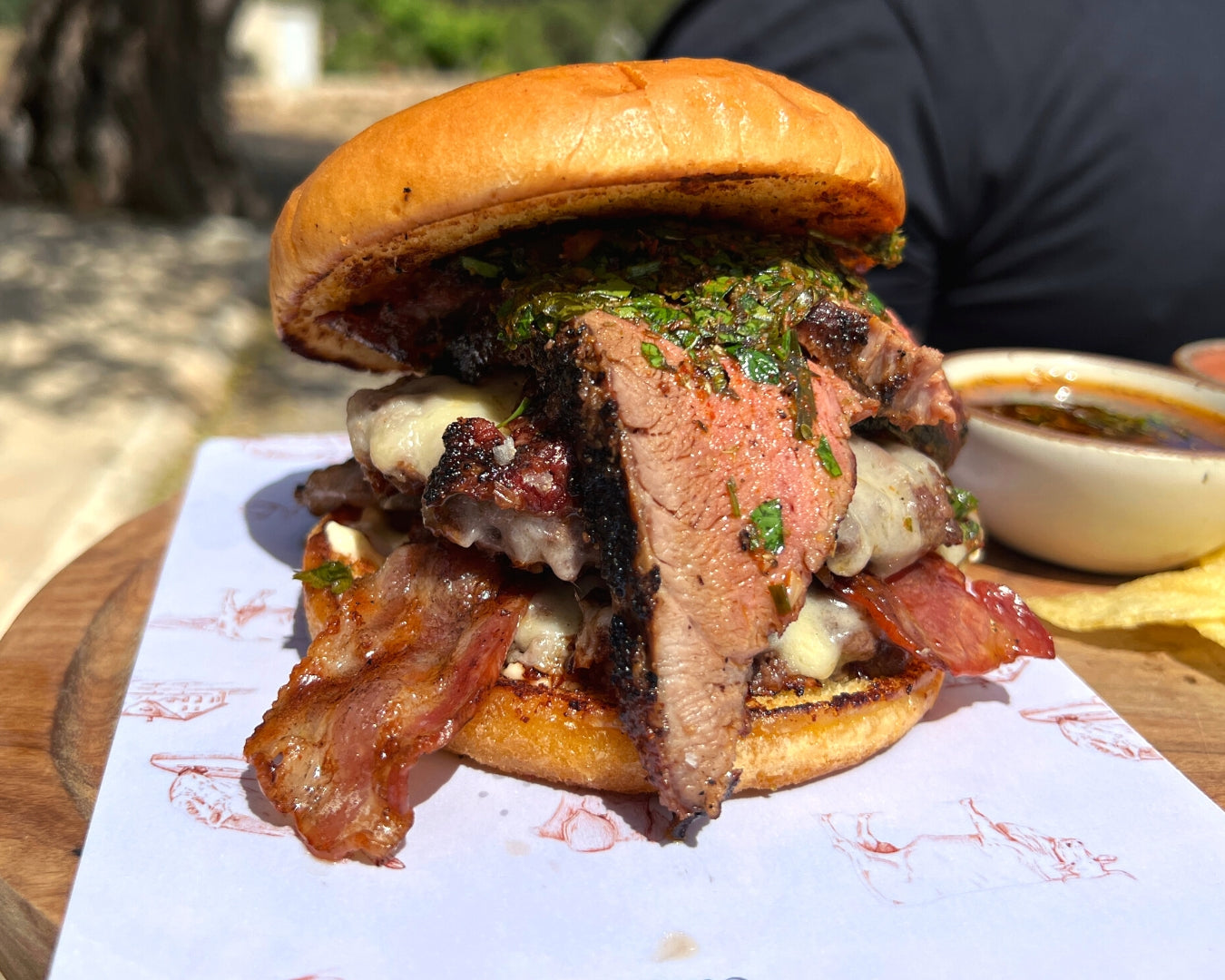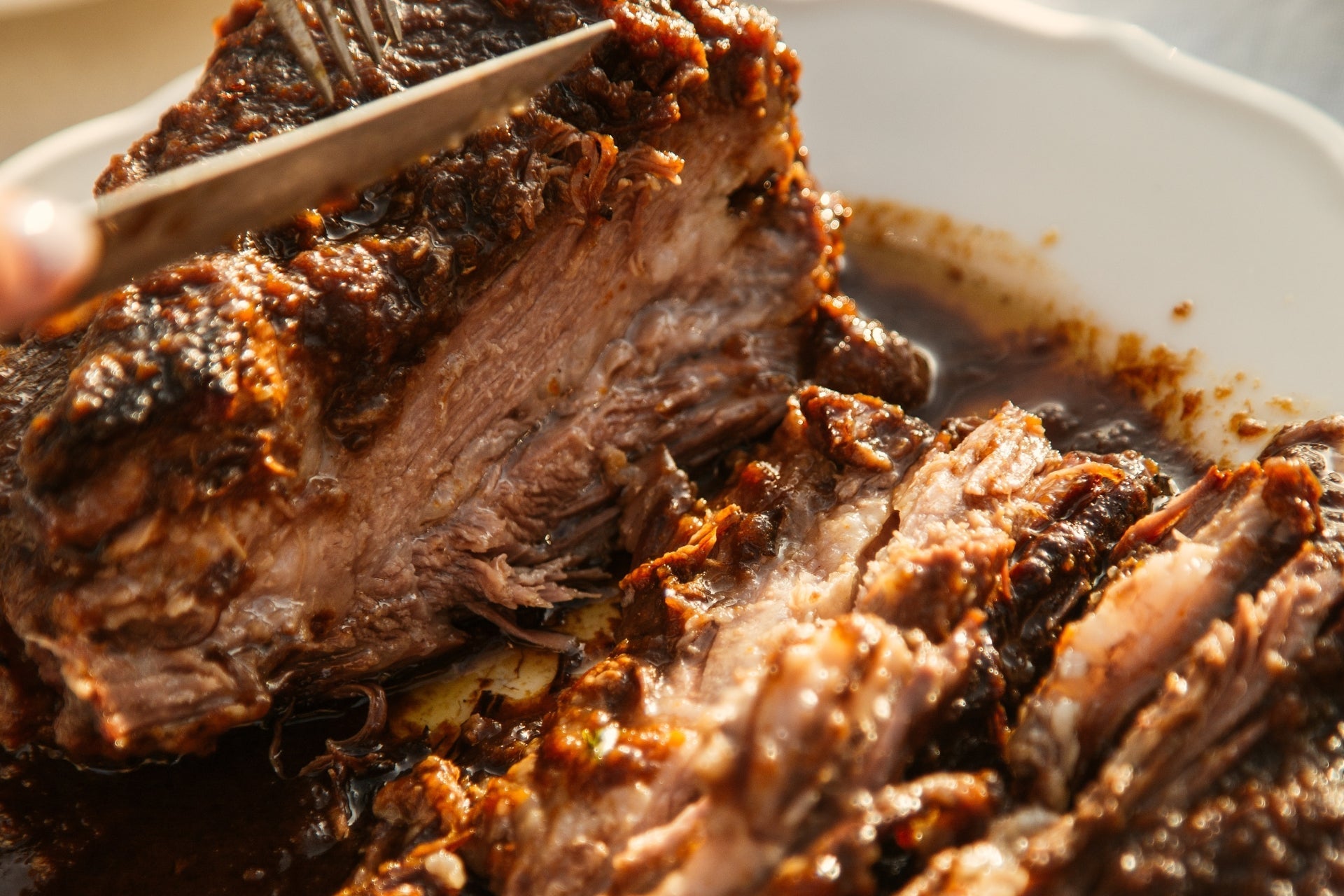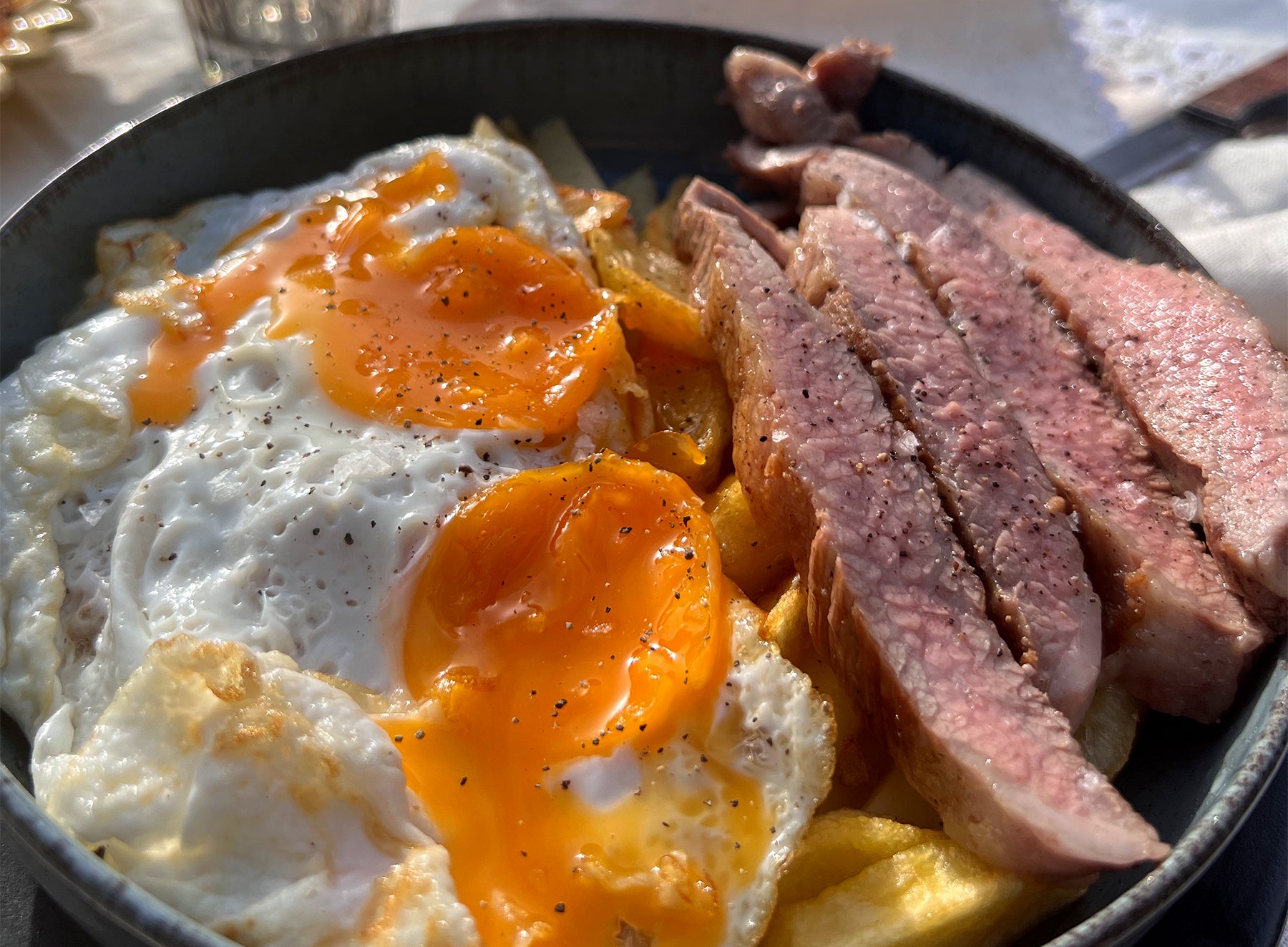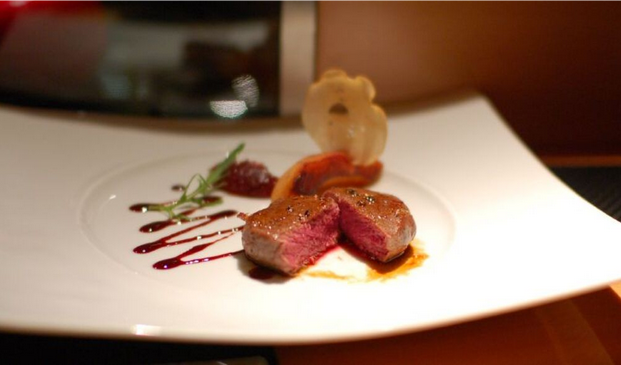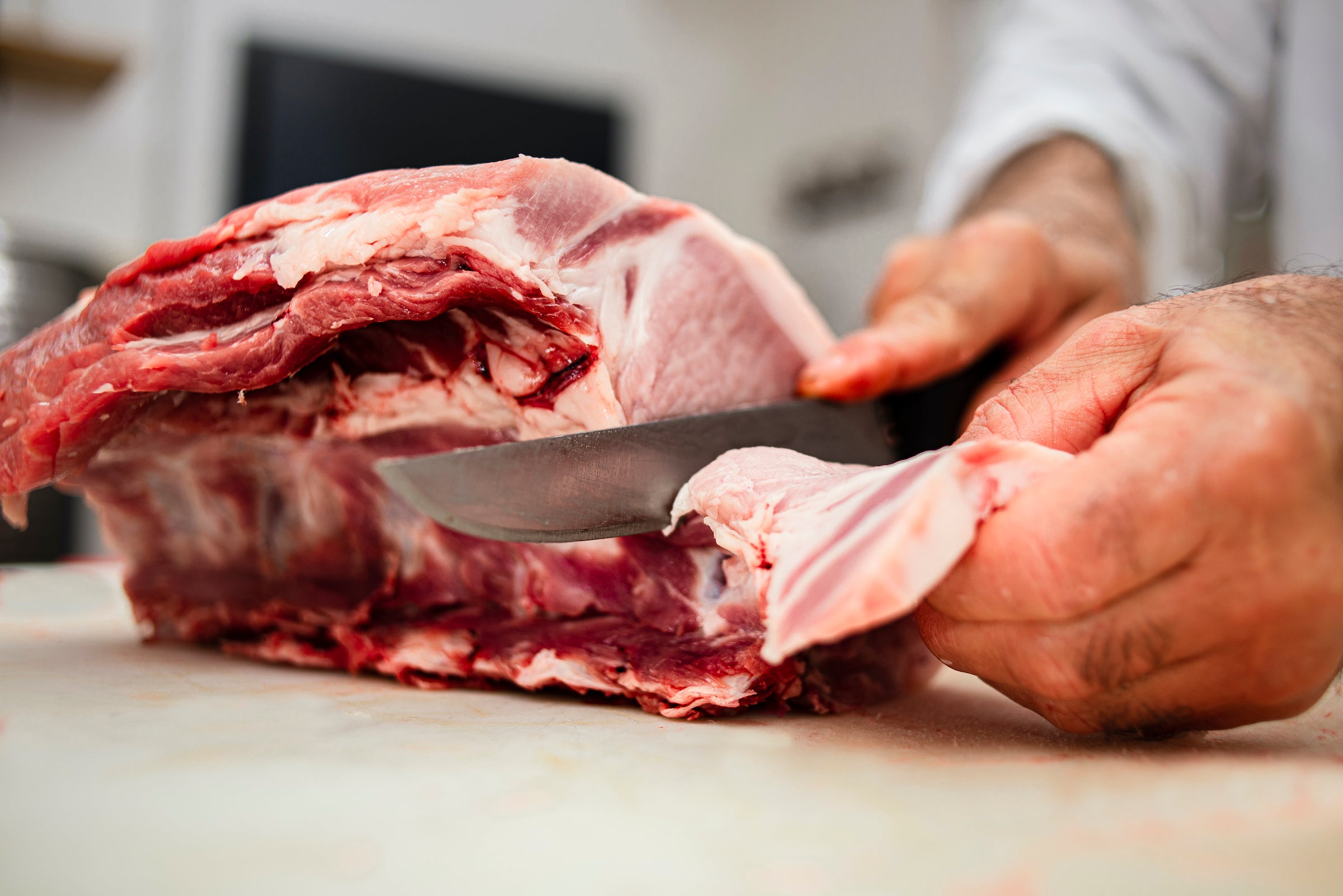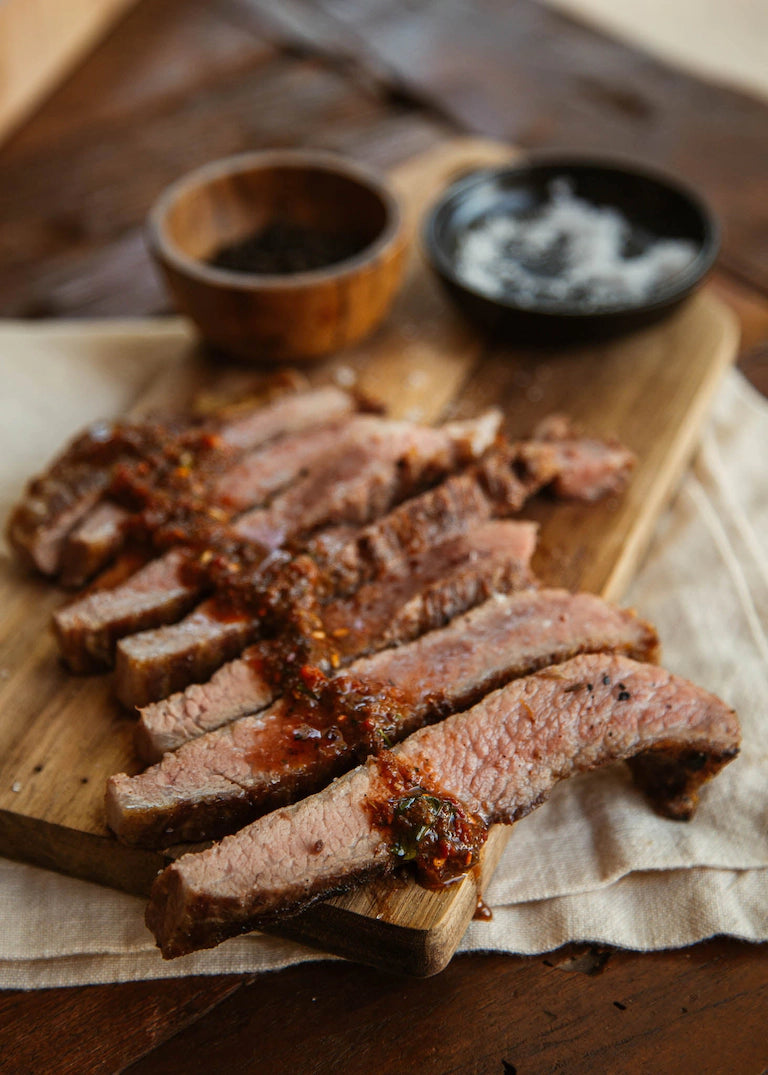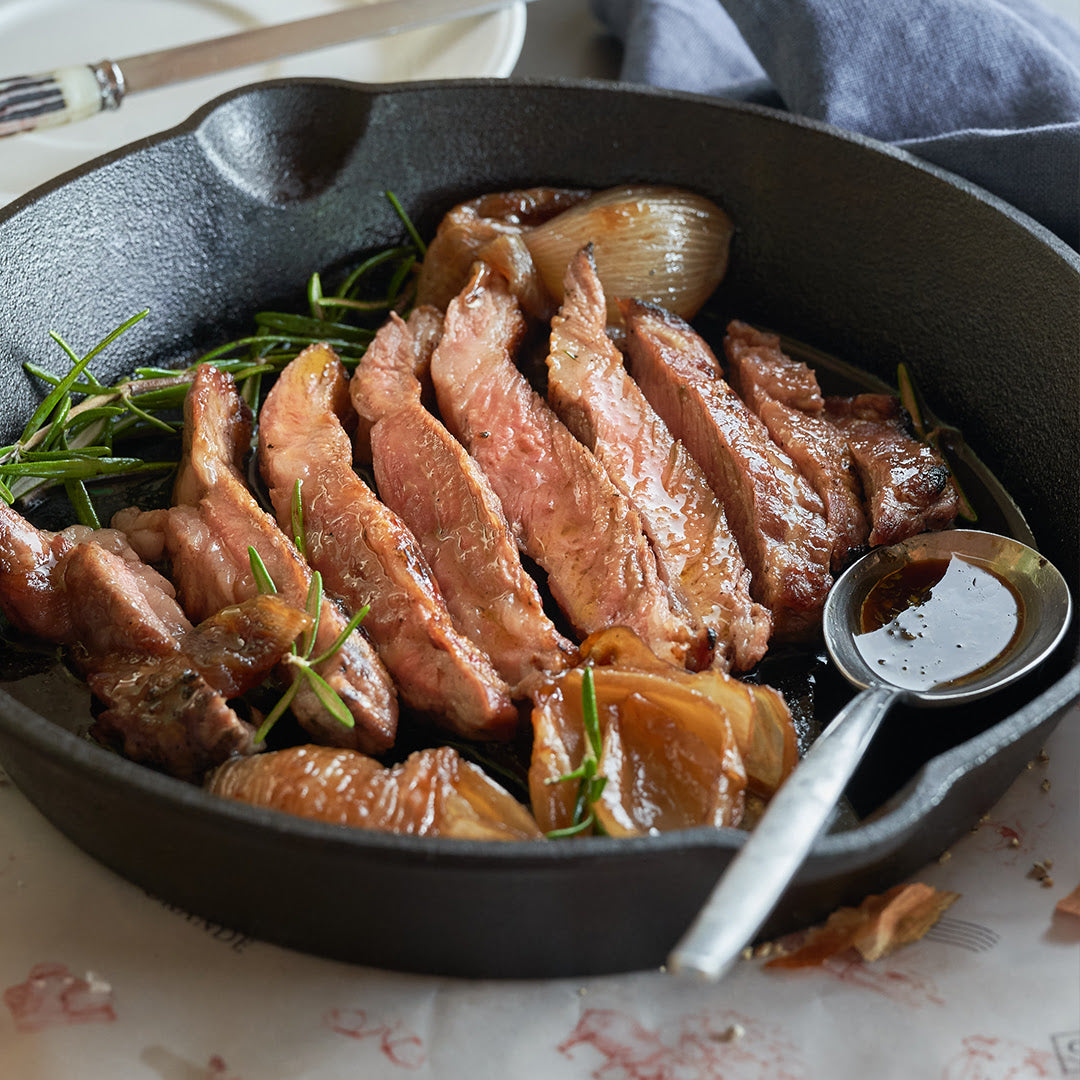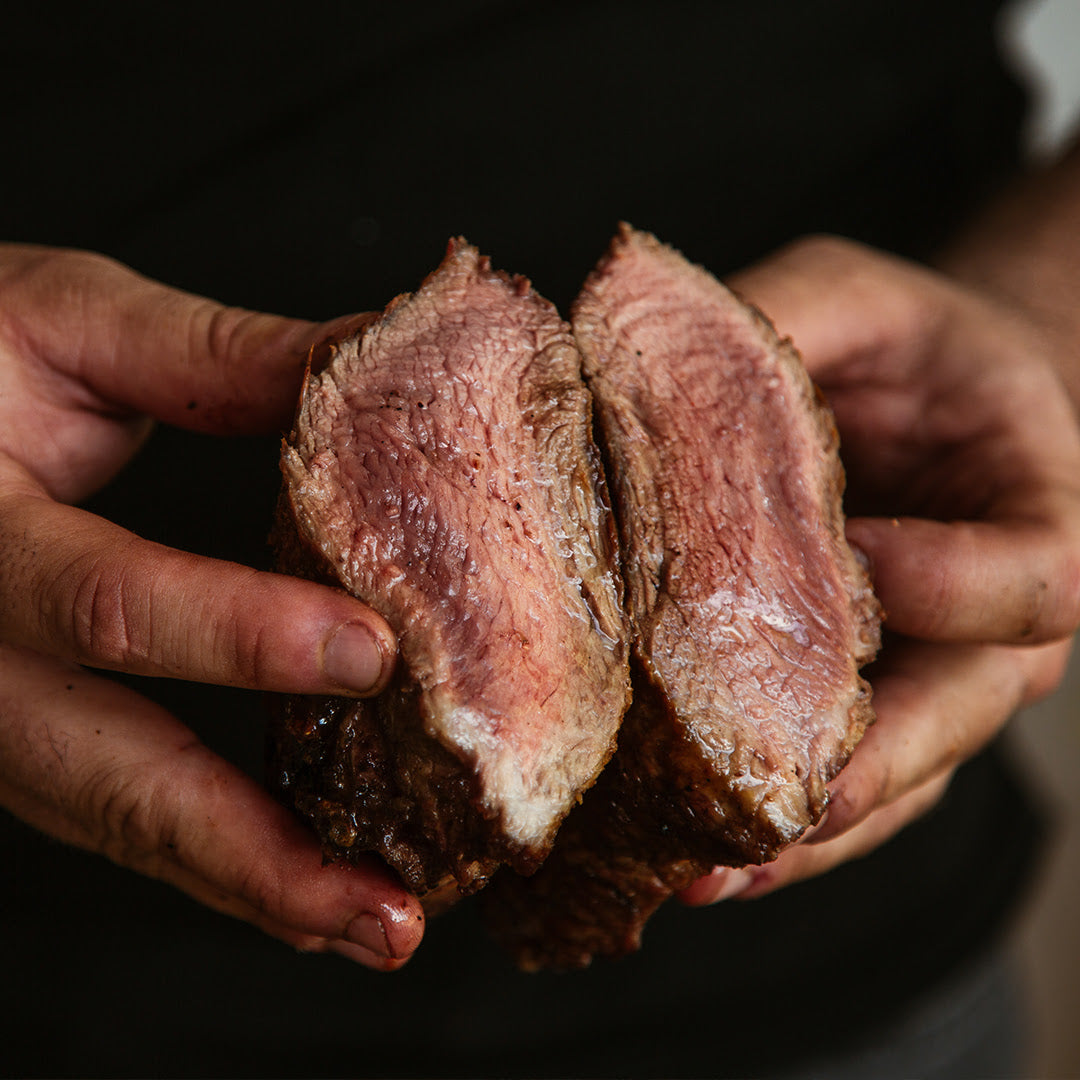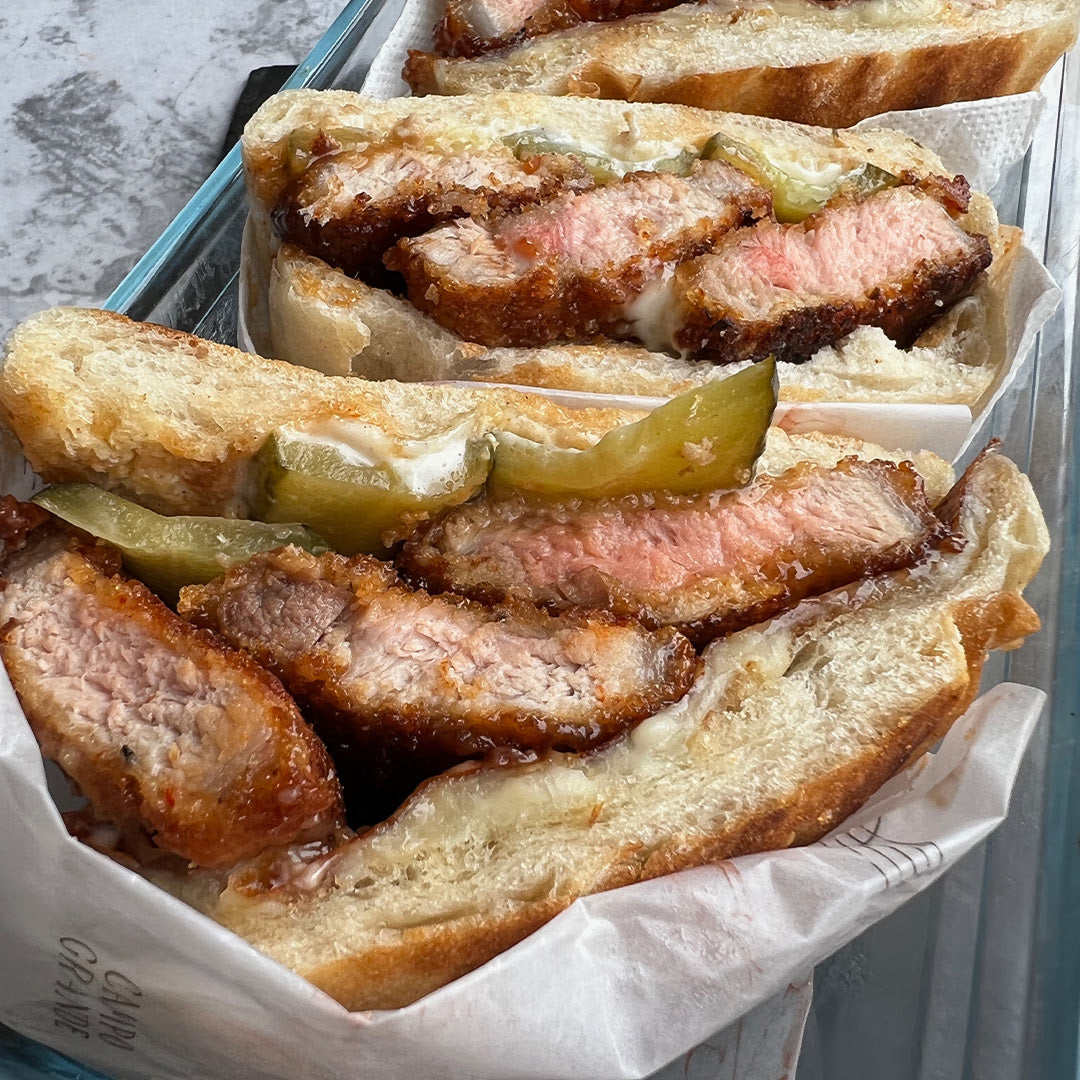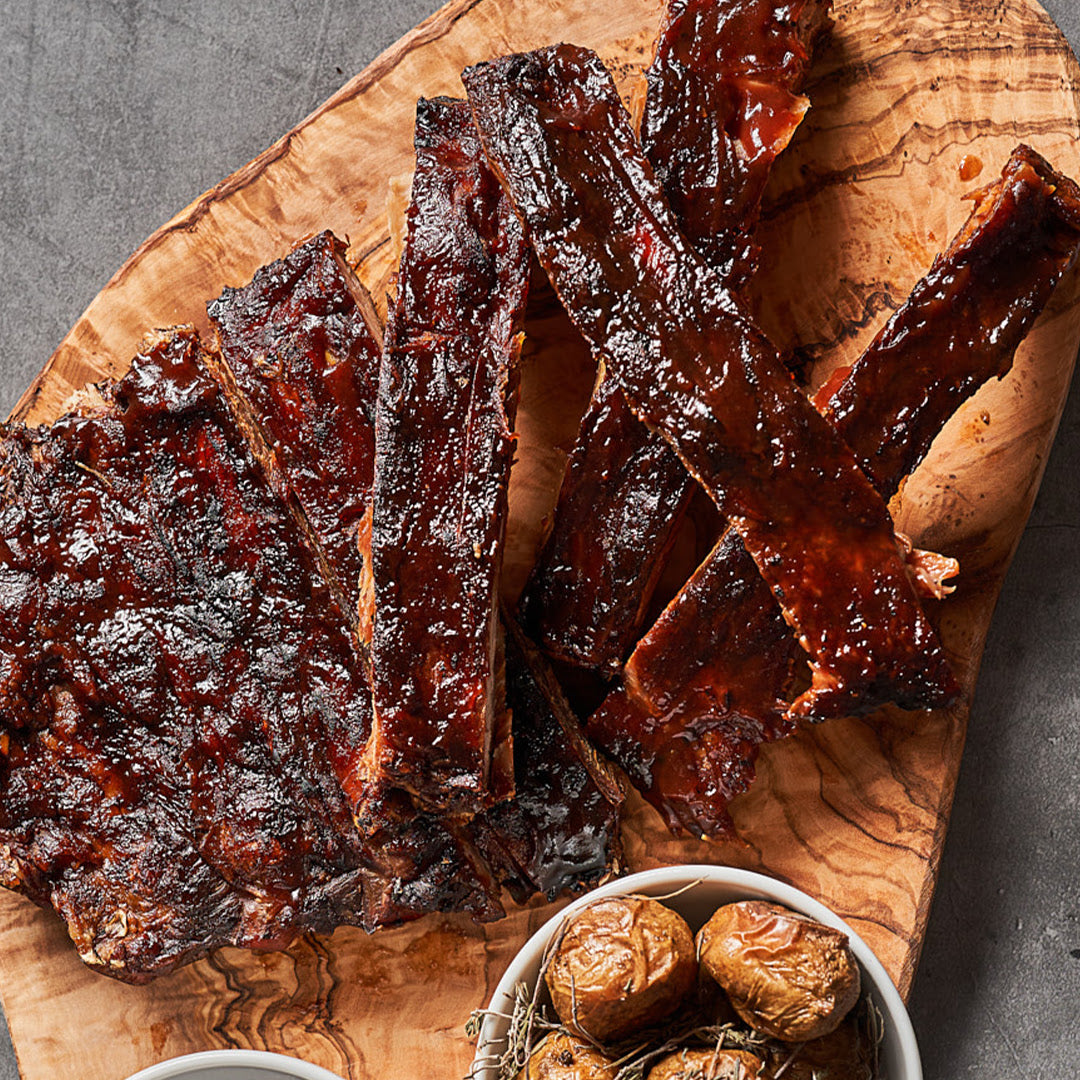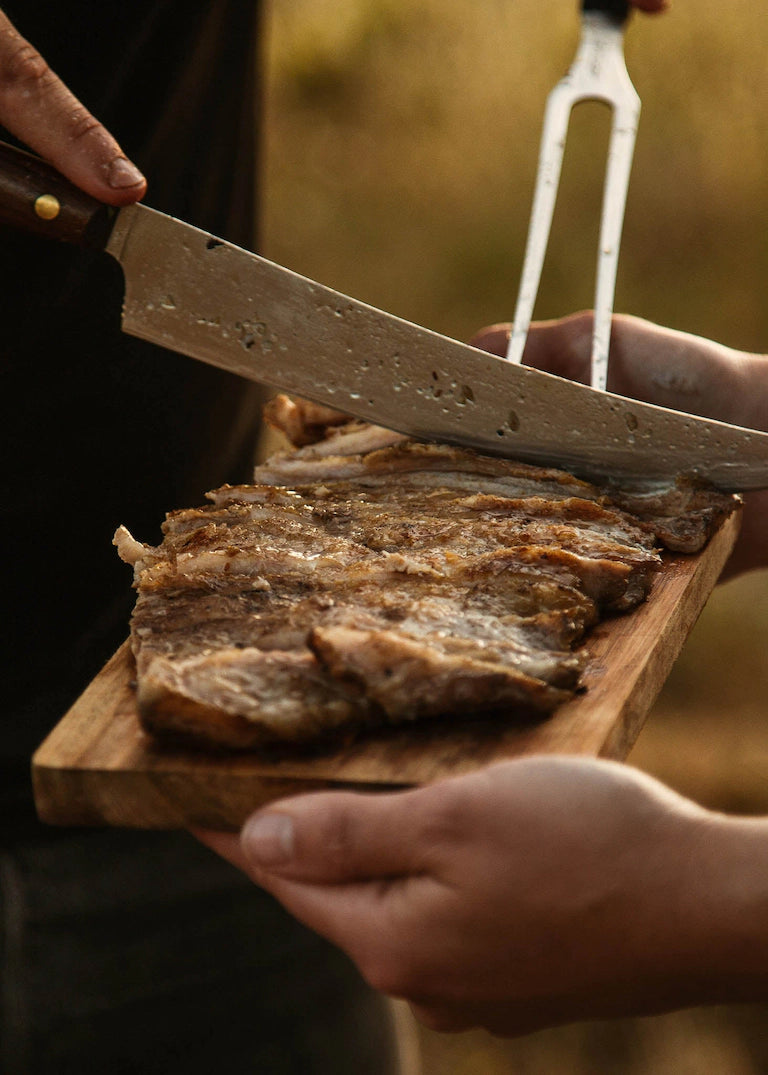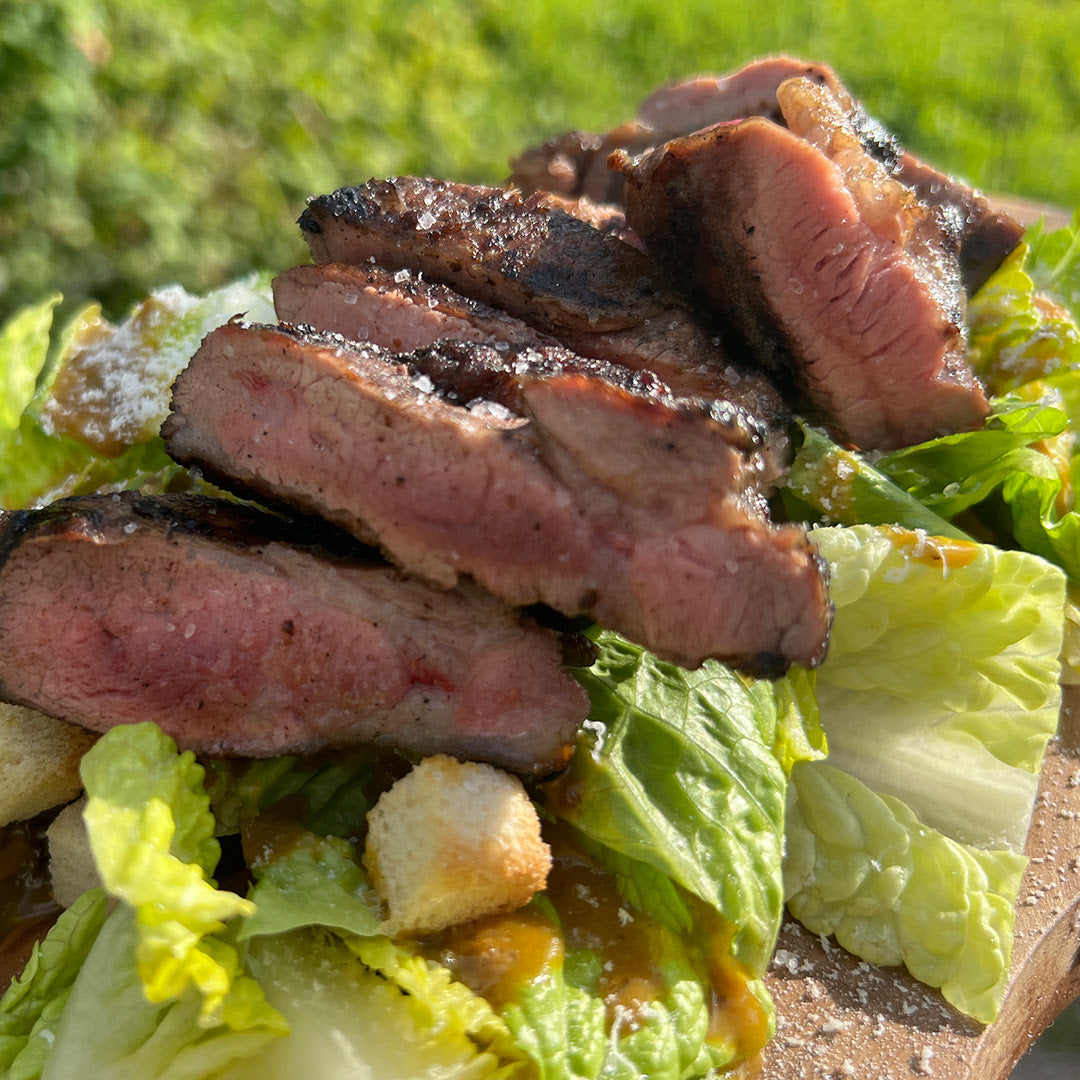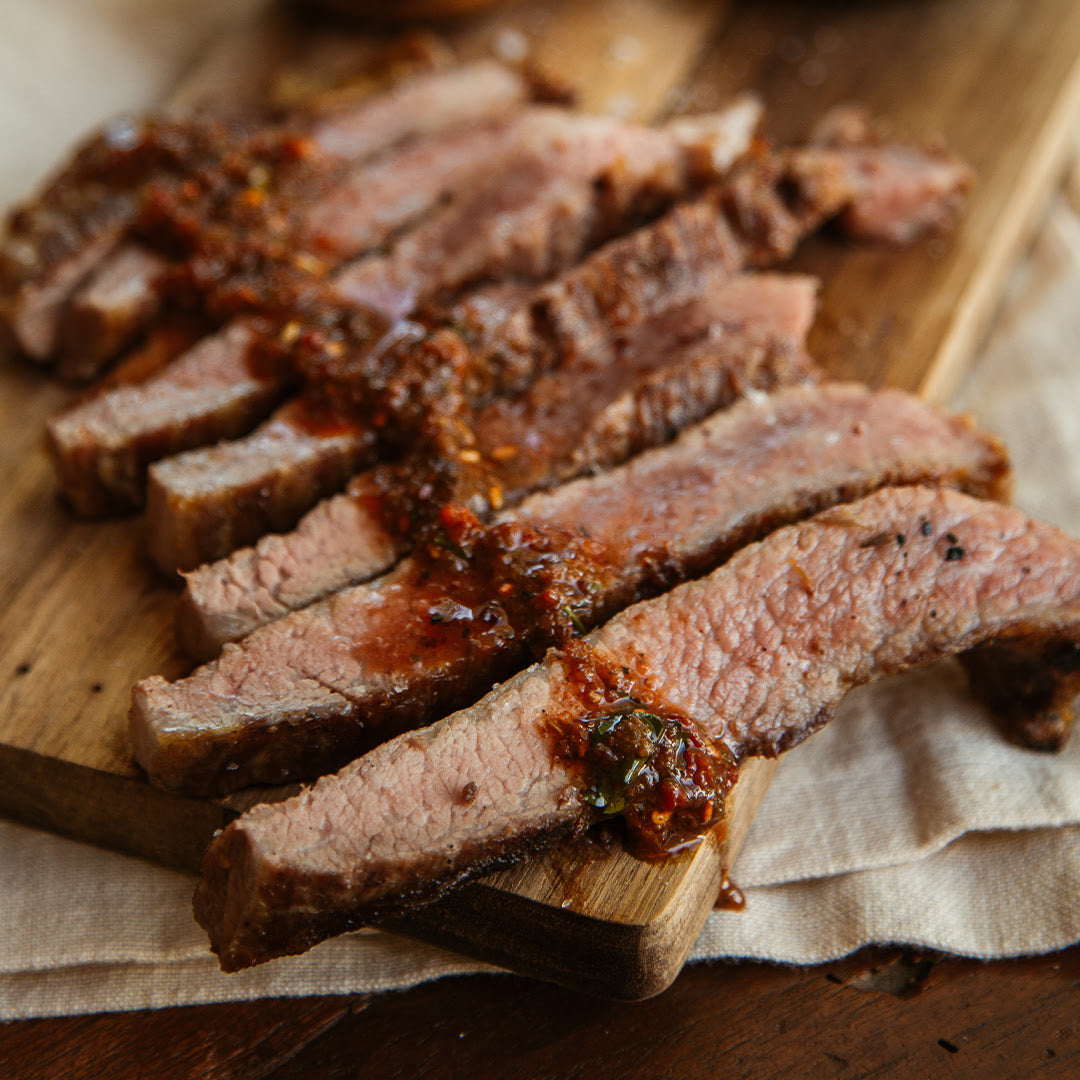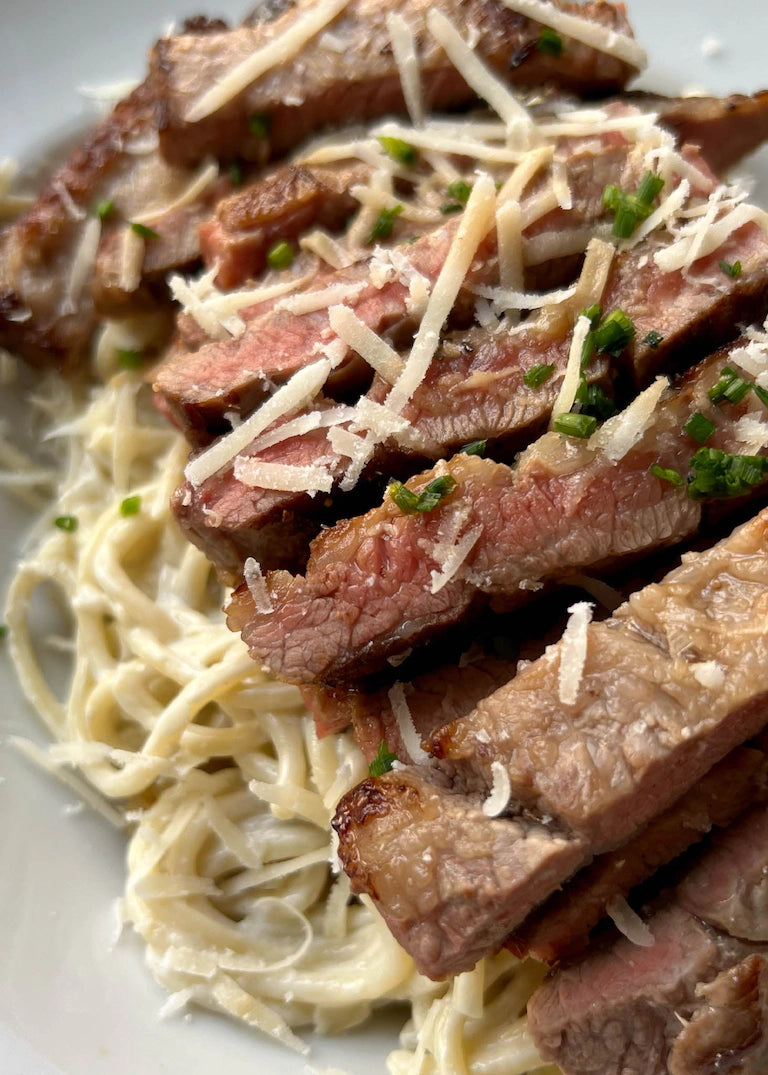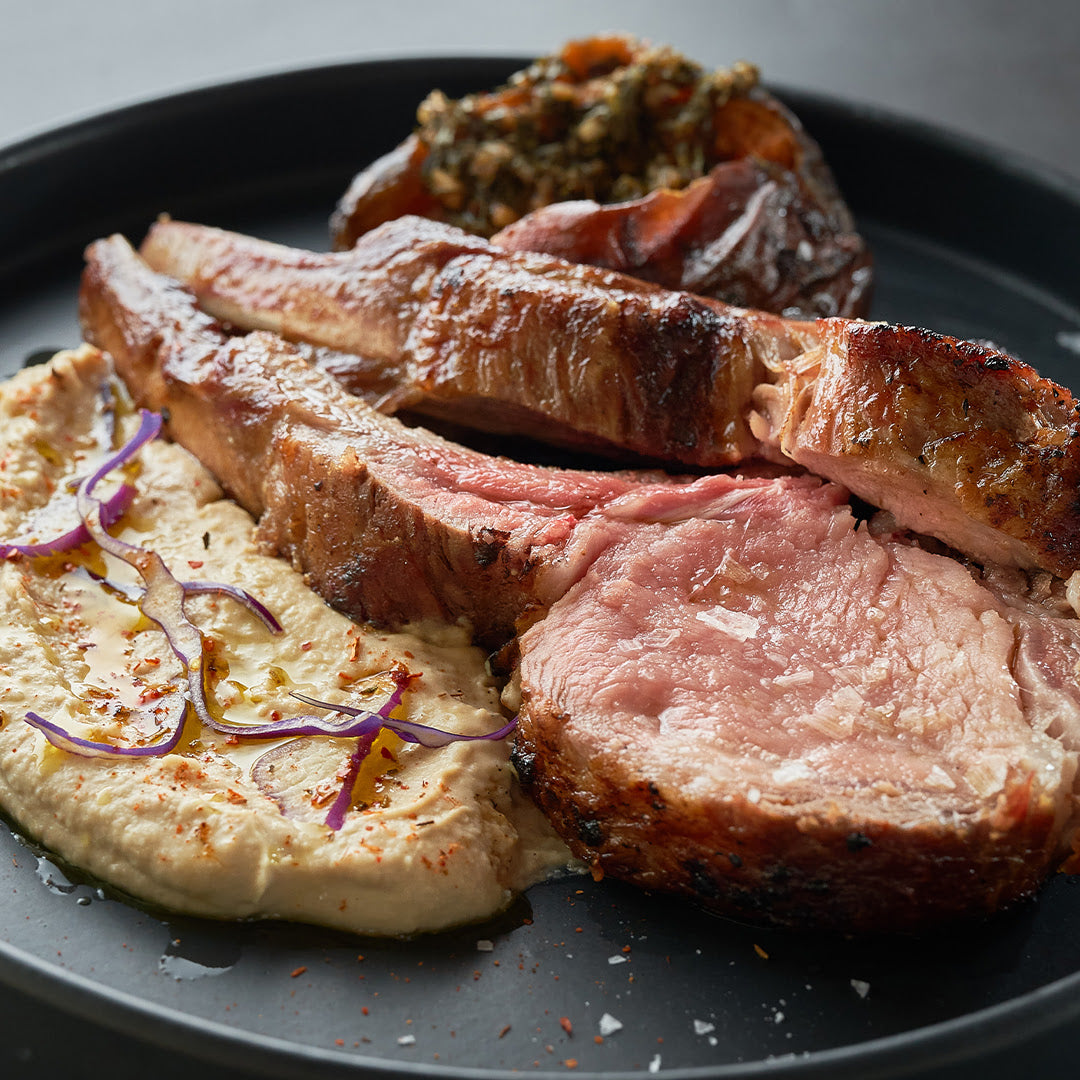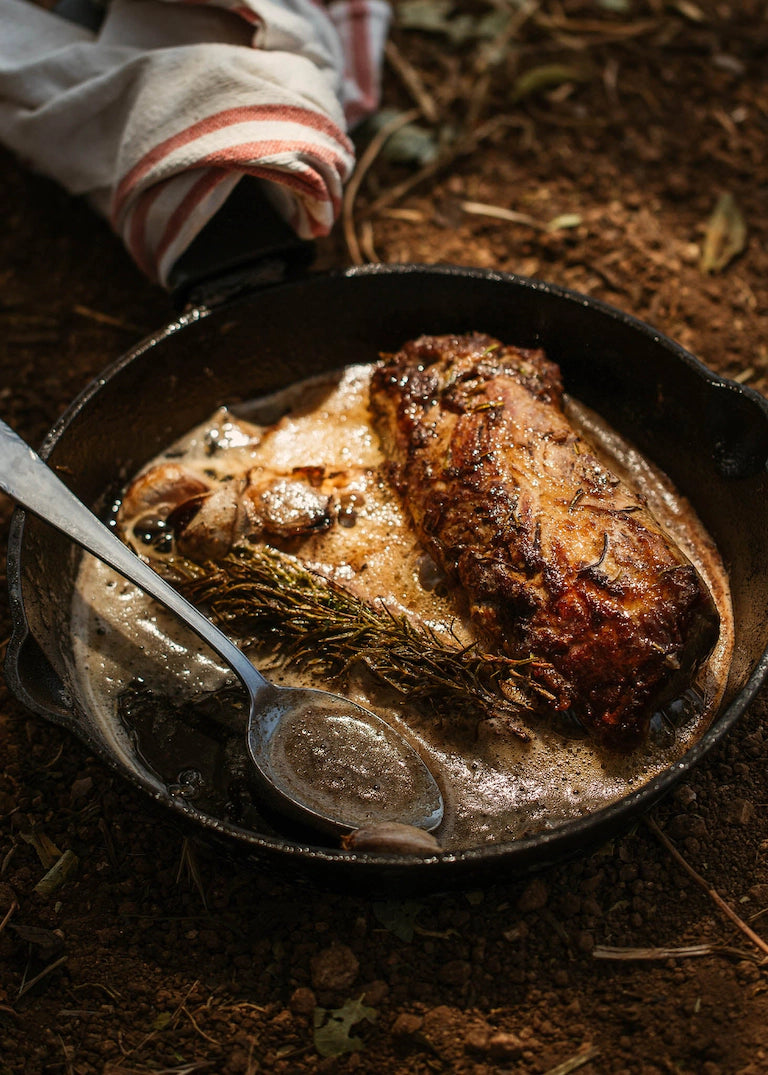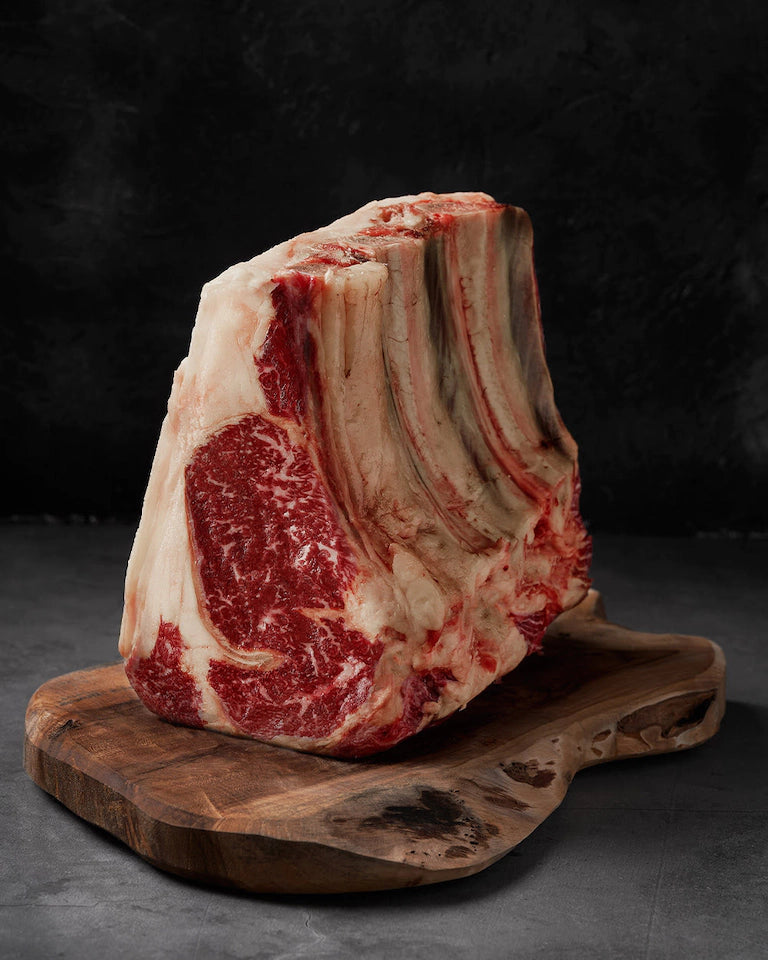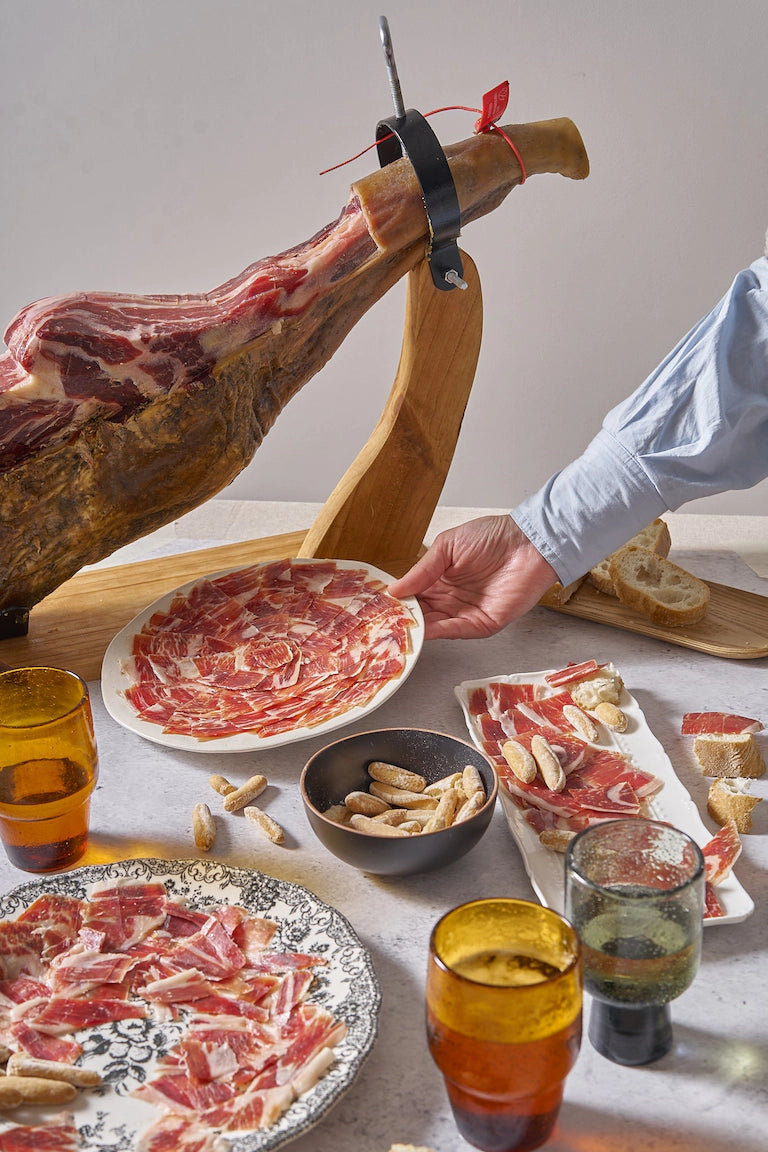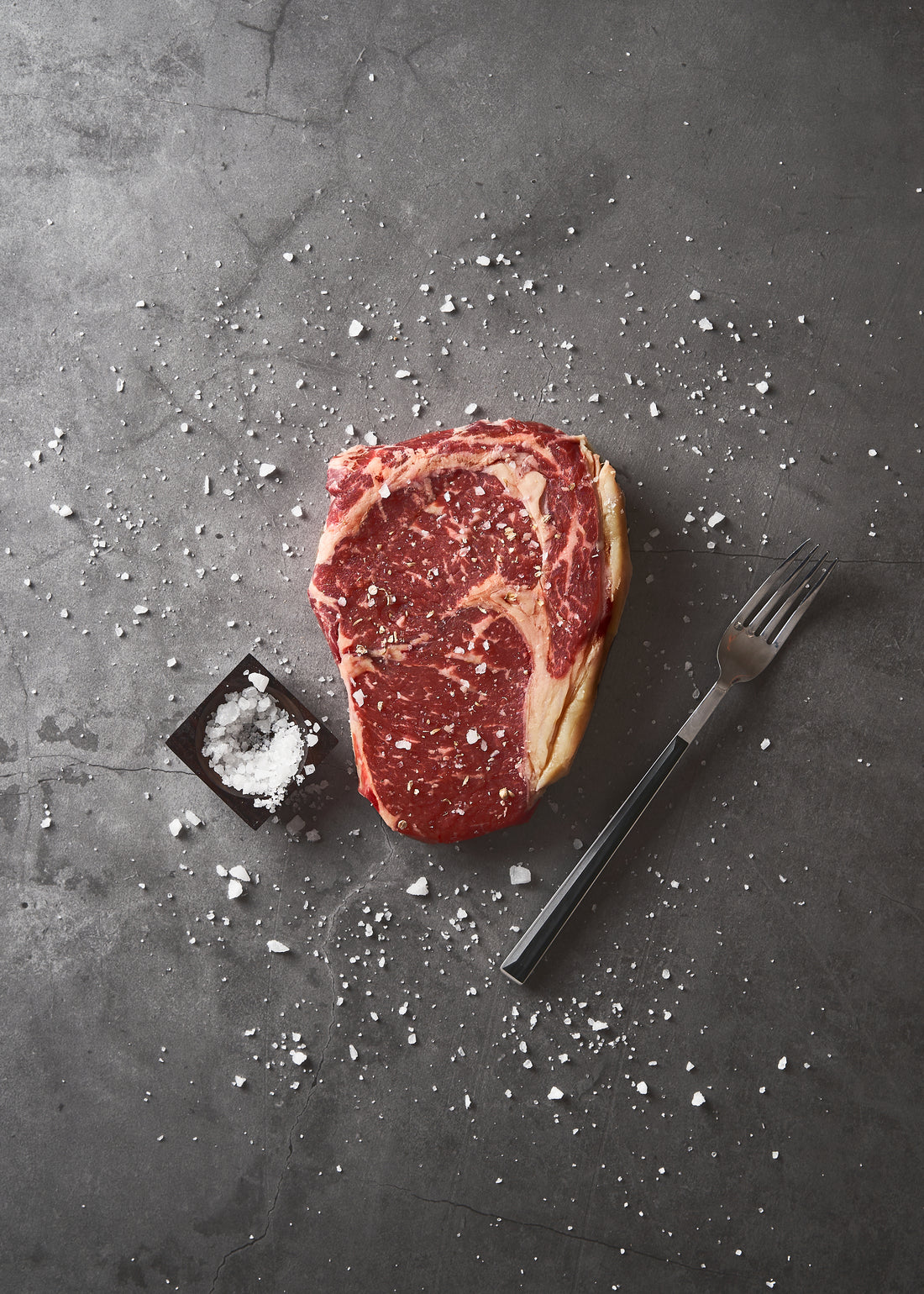
Lomo alto is a Spanish word meaning “high back”. It is a particular cut of beef used in Spain. It is also known as “bife ancho” in Argentina. Essentially, it’s the Spanish equivalent of New York strip steak. It’s firm, succulent, and does very well in a cast-iron skillet.
Lomo alto is a sirloin steak that’s juicy, tender, and flavorful. However, due to its exquisite properties, it can come with quite a hefty price tag. Regardless of how high quality it looks in the store, if you spot a cheaply priced slice of lomo alto, you would be doing yourself a favor by skipping it.
This article will explore lomo alto in depth: its origins, why male sirloin is more expensive, how to cook it, and more...
Where Does Lomo Alto Come From?
Lomo alto hails from the European country of Spain. It’s a type of beef cut from the loin of the cow, an area that runs along the animal’s back. It connects from the hips all the way up to the start of the ribs.
Most steak connoisseurs know - the loins are where the most lean and tender cuts lie. Spanish butchers will also tend to separate the loins into upper and lower cuts, “lomo alto” being the upper cuts and “lomo bajo” being the lower.
The Cattle
Sirloin can come from both male and female cattle. Male cuts are significantly more expensive because steers aren’t as profitable for the farmers as a female cow. Females, once they reach adulthood, can produce milk for the farmers - which makes them more money. Male steers, on the other hand, offer no such profitability. The only profit gained from a steer comes from the slaughtering. Once upon a time, male steers would pull carts, but in the days of modern technology this is no longer the case.
The age of the cattle matters, too. An older cut of beef will be tougher, but far more flavorful than younger meats. This makes cuts from an older steer prohibitively expensive and almost impossible to find.
Old Yet Tender
While the older the cow, the more unique and flavorful the meat, it’s also equally true that the older the cow the tougher the meat. However, there is a process to tenderize the aged meats. They are refined and aged in specialty chambers, where the air inside enters and exits at very specific temperatures.
The meat is covered in a layer of special bacteria which creates an extremely hardened outer layer, which cannot be consumed. The butcher or buyer must pare off the outer layer before cooking, otherwise the steak will be inedible.
Lifestyle and Diet of the Cattle
The lifestyle of the cattle to be slaughtered has an important effect on the end quality of the meat. A cow that has been allowed to roam freely - walking around and getting plenty of exercise, will produce meats that are far more delicious and tender. This is because the more exercise and movement the cow is allowed to have, the more evenly distributed the fat will be in their muscles. This allows for visible, perfect marbling of fat in the cuts.
Diet matters just as much. When they’re fed a variety of high-quality foods like grains, hay, and grazing in the pasture - this also positively affects the meat flavor and quality. Some cows are even given beer, such as certain types of Japanese Wagyu.
All this comes together to create a healthy and happy cow. Healthy and happy cattle means delicious and flavorful meat after slaughter.
How to Cook Lomo Alto?
There are actually a few ways you can cook and prepare lomo alto cuts. The easiest way is probably in the oven or a crockpot. But don’t be afraid of trying it on a grill or searing in a cast-iron skillet.
Oven
Cooking your lomo alto in the oven is an easy and efficient method:
- Begin by properly seasoning your steak. A little salt and pepper is really all you need, but you can also brush on some marinade or a dry scrub if you really feel the need.
- Sear it in a cast-iron grill pan for those delicious-looking grill marks. You’ll only need a minute or two for each side.
- After it’s browned, pop the whole pan into the oven and bake to your desired level of doneness.
- Be sure to let the steak rest after cooking before you slice it. However, remove them from the skillet before you let them rest so they don’t overheat in the pan.
- For a medium steak, 3-5 minutes in the oven at 140 degrees Fahrenheit will do the trick.
Final thoughts
Lomo alto is an exquisite cut of beef with a price tag to match. It’s hard to find, but is most definitely worth it if you can.
